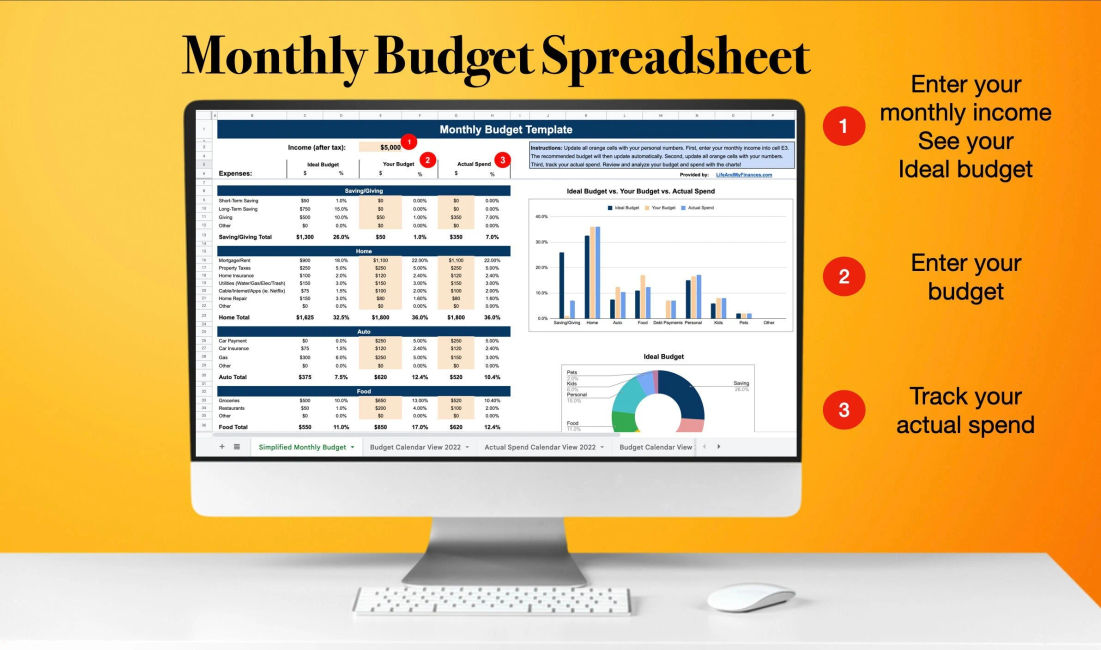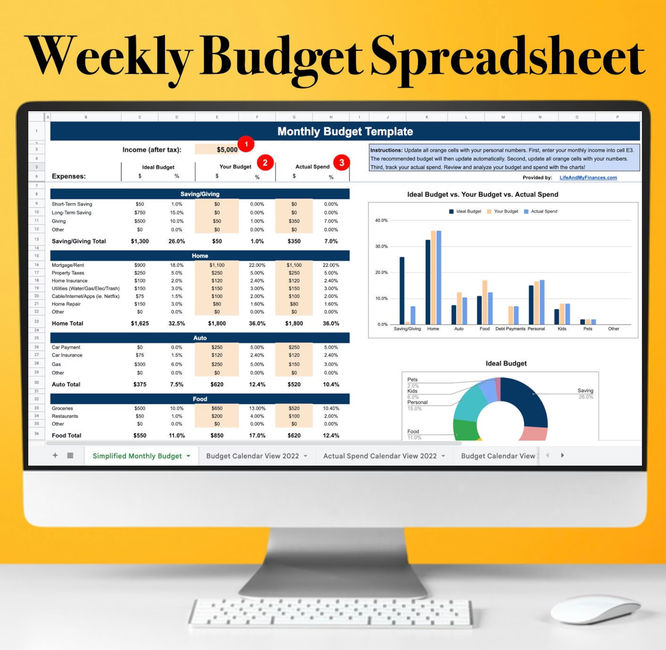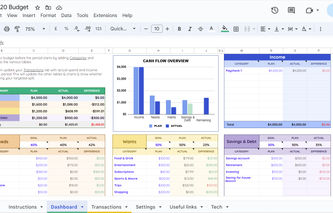Budgeting Fundamentals
Budgeting is a method of controlling debt accumulation by taking a more disciplined look at the inflows and outflows of money into a household or business. It's usually the first debt-elimination alternative pursued by individuals and is often used by debt counselors when helping those in need.
Not everyone has access to software applications or knows how to begin building a family budget. The process starts with a summary of the sources of income and expenses for an individual or family. A realistic, long-term budget is one where the inflow of money (family income), exceeds the outflow (family expenses).
Typical sources of income Include:
Salaries, rents, tips, fees, social security, pensions, individual retirement accounts, and interest income. Most individuals have a very good understanding of their sources of income.
Typical categories of expenses include:
Housing: rents, mortgages, property taxes, electricity, natural gas, phones, water and other utilities, maintenance, and repairs.
Transportation: vehicle loans, gasoline, train or bus fares, licensing, and maintenance.
Insurance: health, life, homeowners, and automobile.
Food: groceries and restaurants.
Personal: medical, clothing, health clubs, organizational fees or dues, personal care, and grooming.
Children: medical, clothing, tuitions, school supplies, lunch money, toys, and games, as well as child care.
Pets: medical, food, and grooming.
Entertainment: vacations, movies, concerts, sporting events, and cultural activities.
Loans: student, personal, and credit cards.
Other: legal fees, gifts to others, donations, and charitable gifts.
When attempting to balance a budget, it's important to further categorize expenses into those that are mandatory (need to have) versus those that are discretionary (nice to have).
Explore Budgeting Guides












.jpg)

.jpg)

